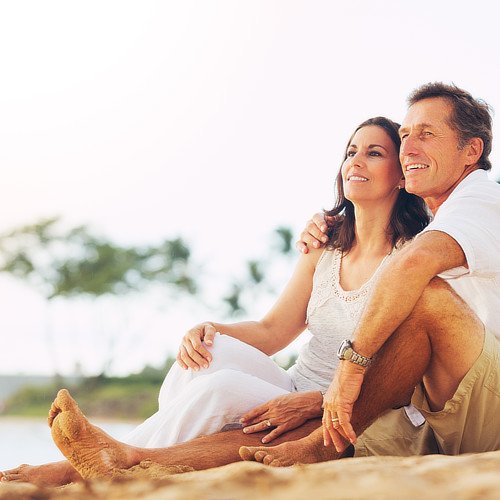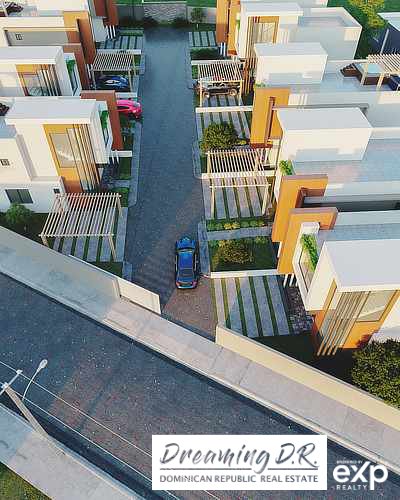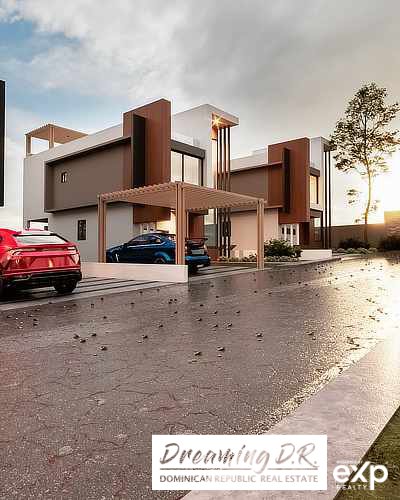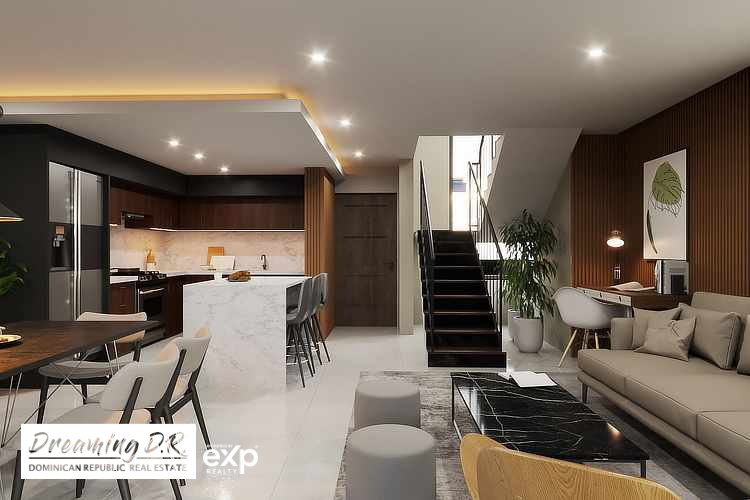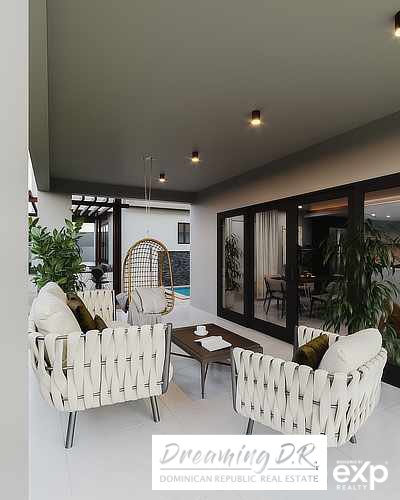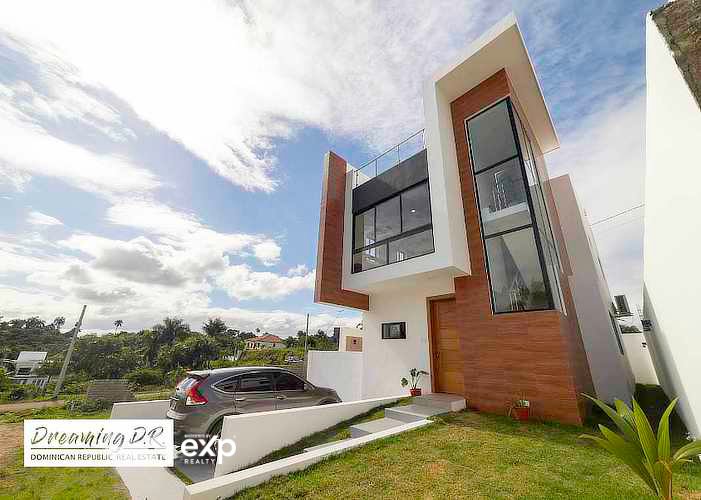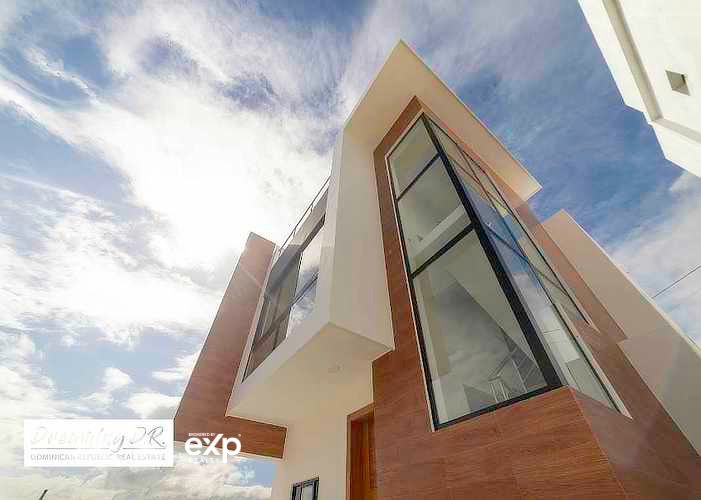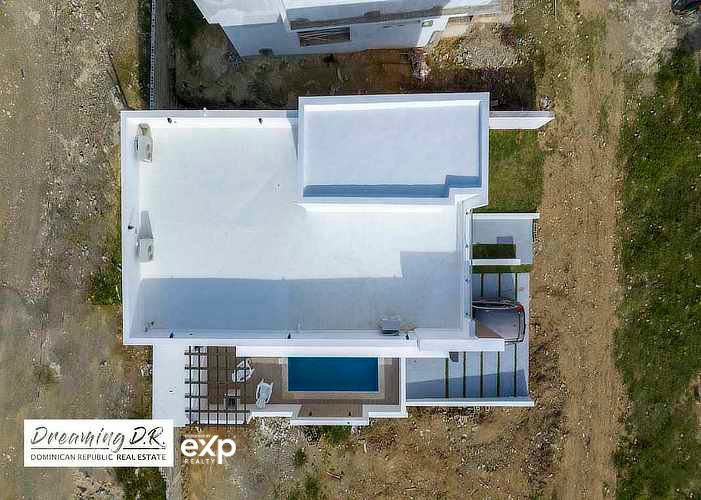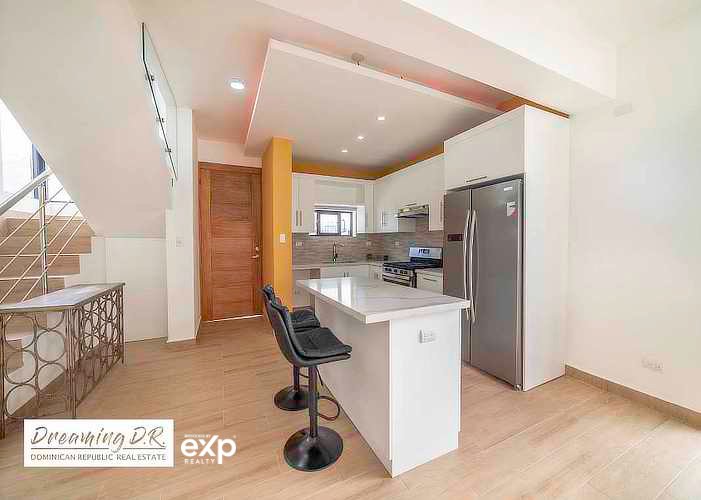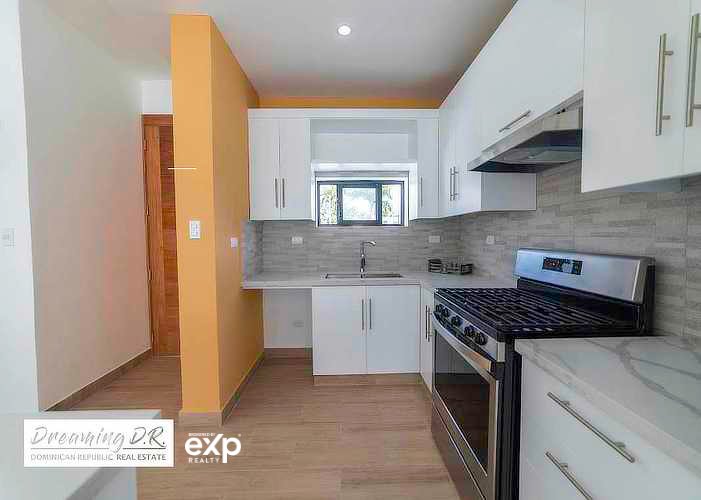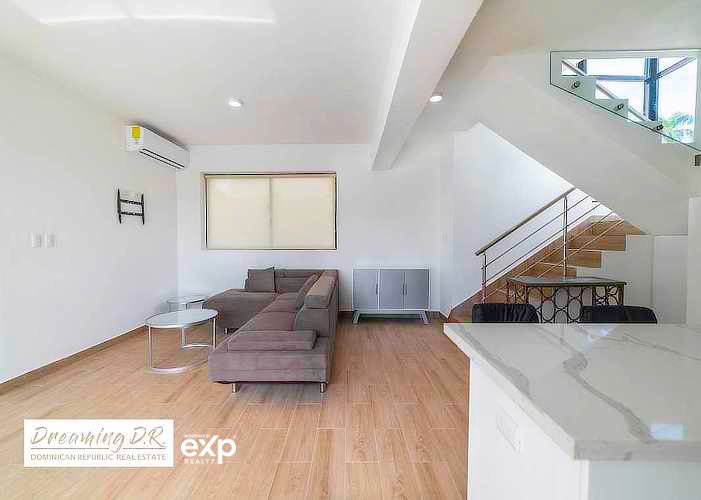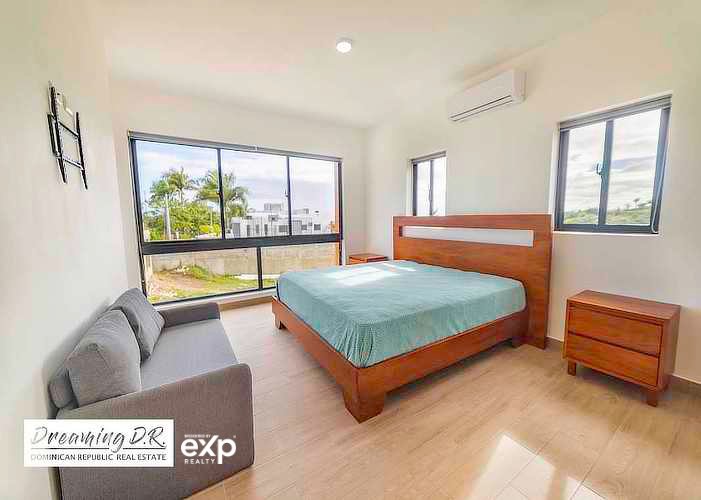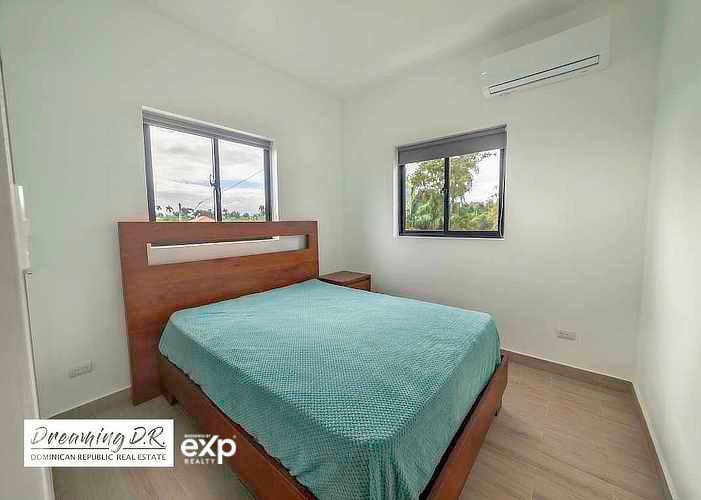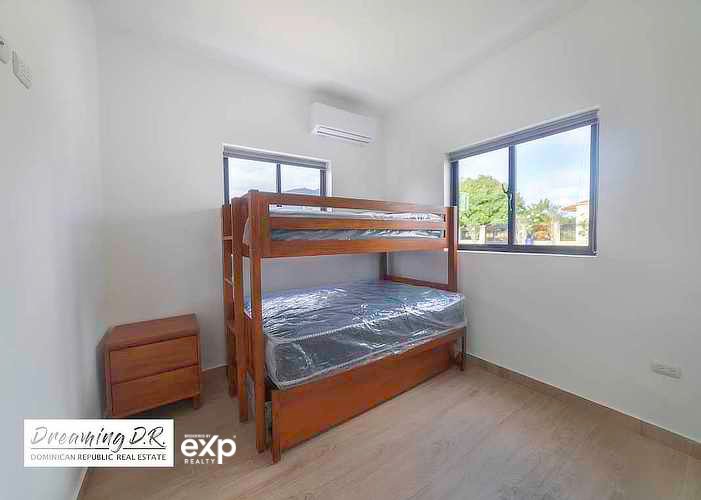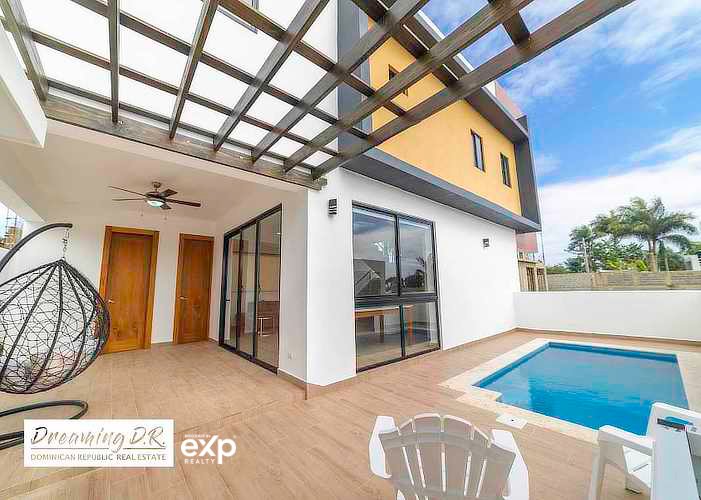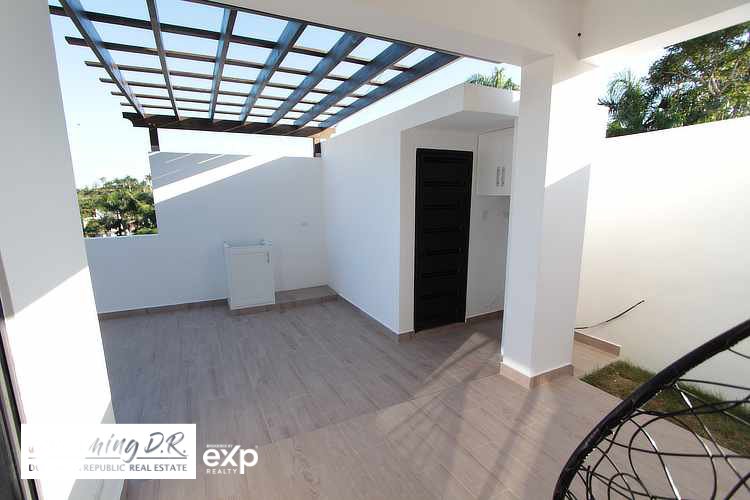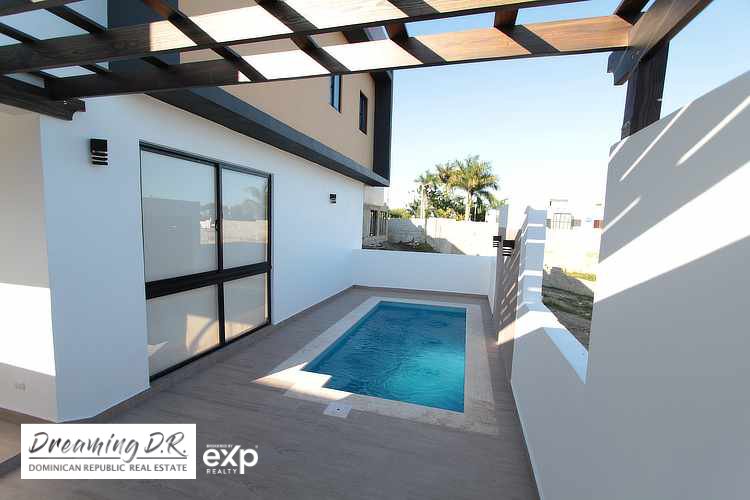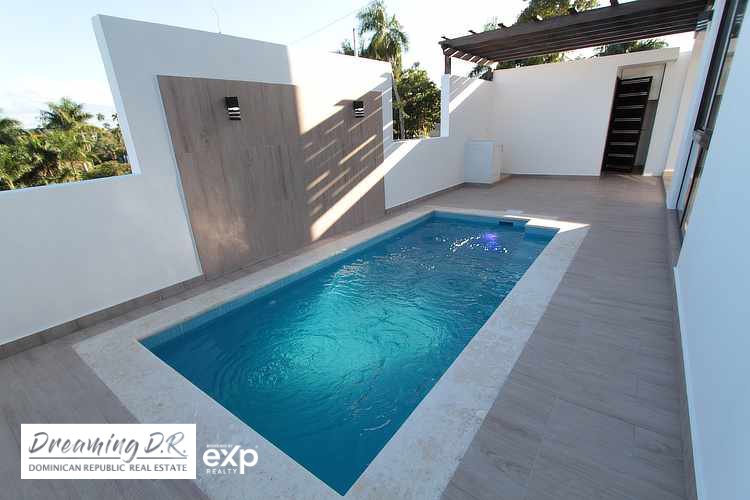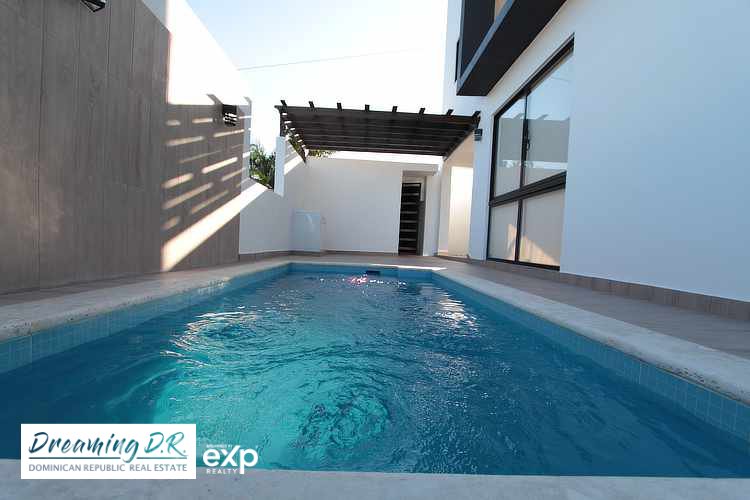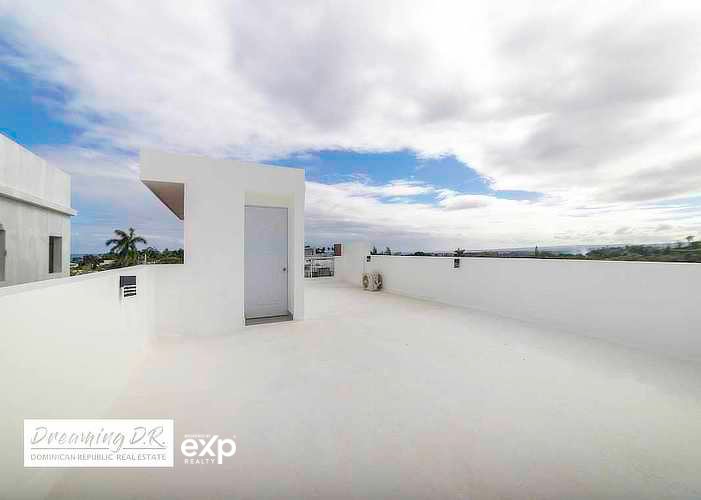Taínos
Before the Caribbean was colonized by the Spanish, it was home to the indios Taínos, a people whose culture and way of life have intrigued historians and archaeologists for centuries. The Taíno were not just passive figures in history; they were vibrant societies with rich cultures, languages, and traditions that shaped the Caribbean in ways that are still felt today. In this deep dive, we go beyond the surface to explore the everyday lives of the Taíno, their societal structures, beliefs, and what ultimately became of them. This isn’t just a history lessonit’s a journey into the heart of a people who have left an indelible mark on the Caribbean and its identity.
Learn about Indios Taínos
- Who are the Taíno?
- Indigenous people of the Caribbean.
- What language did the Taíno speak?
- Arawakan language.
- Where did the Taíno live?
- Caribbean islands.
Who are the Taíno?
The Taíno were the principal inhabitants of the Bahamas, Greater Antilles, and the northern Lesser Antilles at the time of Columbuss arrival in 1492. They were a branch of the Arawak people, a group that spread across South America and into the Caribbean. The Taíno were known for their advanced social and cultural practices, including their agriculture, navigation, and artistry. Their society was characterized by a deep connection to the land and the sea, which not only provided for their physical needs but also shaped their spiritual beliefs.
My first encounter with the history of the Taíno was during a trip to the Dominican Republic, where their presence is still felt through the artifacts and stories preserved in museums and archeological sites. It was a profound experience that went beyond the typical tourist itinerary, offering a glimpse into a world that existed long before the arrival of Europeans.
What language did the Taíno speak?
The Taíno spoke a variety of the Arawakan language group, which was widespread across the Caribbean and parts of South America. Their language was not only a means of communication but also a vehicle for their rich oral traditions, which included legends, myths, and historical accounts passed down through generations. The few words and phrases that have survived to this day, such as ‘hurricane’ (from the Taíno word ‘hurakán’) and ‘barbecue’ (from ‘barbacoa’), are a testament to their linguistic influence.
Where did the Taíno live?
The Taíno established their communities throughout the Caribbean, from the Bahamas to the Greater Antilles and the northern Lesser Antilles. They thrived in these tropical environments, developing sophisticated agricultural systems that allowed them to cultivate a variety of crops, including cassava, maize, and sweet potatoes. Their villages, known as ‘yucayeques’, were typically situated near rivers or coasts, providing easy access to both fresh water and the sea’s resources.

What did the Taíno eat?
The Taíno diet was a reflection of their deep connection to their environment, relying heavily on agriculture, fishing, and foraging. Cassava was a staple, prepared in various ways, including as flatbreads known as ‘casabe’. They also consumed a variety of fruits, vegetables, and legumes, complemented by fish and small game. The abundance of their food sources speaks to their sophisticated agricultural practices and their adeptness as fishermen and foragers.
What did the Taíno wear?
Taíno clothing was minimal, reflecting the warm climate of the Caribbean. Men typically wore loincloths, while women wore skirts made from cotton or palm fibers. Both sexes adorned themselves with jewelry, including necklaces, bracelets, and earrings made from bones, shells, and stones. Body painting and tattoos were also common, serving both aesthetic and cultural purposes. These practices were not merely about adornment but were deeply tied to their identity and social status within the community.
What did the Taíno live in?
The Taíno built their homes, known as ‘bohíos’, from the abundant natural resources around them. These structures were typically circular or rectangular, constructed with wooden frames and thatched roofs made from palm leaves. Bohíos were designed to withstand the tropical climate, providing ventilation while offering shelter from the rain. The simplicity of their homes belies the complexity of their construction techniques, which ensured their durability and comfort.
Personal Experience: Discovering My Taíno Roots
Growing up in Puerto Rico, I always heard stories from my grandmother about our Taíno ancestors and their way of life. One summer, I decided to delve deeper into my heritage by visiting the local museum dedicated to the Taíno culture. As I walked through the exhibits showcasing their artifacts and tools, I felt a deep connection to my roots.

Personal Reflection: Connecting with Taíno Traditions
One particular exhibit caught my eye – a display of traditional Taíno clothing made from natural fibers. Seeing the intricate designs and craftsmanship, I couldn’t help but feel a sense of pride in my ancestry. It was a powerful moment that made me appreciate the rich cultural heritage that the Taíno people had passed down through generations.
Personal Discovery: Preserving Taíno Legacy
After my visit to the museum, I made a conscious effort to learn more about Taíno traditions and practices. I attended workshops on traditional Taíno cooking methods and even learned how to craft pottery using techniques passed down from Taíno artisans. Through these experiences, I not only felt a deeper connection to my roots but also gained a newfound appreciation for the resilience and creativity of the Taíno people.
What was Taíno society like?
Taíno society was organized into a hierarchical structure, with caciques (chiefs) ruling over the yucayeques. These leaders were not only political figures but also spiritual guides, responsible for the well-being of their communities. The Taíno placed great emphasis on community and cooperation, with systems in place for the distribution of food, labor, and resources. Their society was also marked by a rich cultural life, including music, dance, and ball games, which served as both entertainment and religious ceremonies.
What was Taíno religion like?
Taíno religion was deeply intertwined with their understanding of the natural world, with a pantheon of gods (zemis) representing various aspects of their environment and daily life. These deities were believed to influence everything from agriculture to weather, and they were venerated through ceremonies, offerings, and the creation of zemi icons. The Taíno also held a belief in the afterlife, with practices and rituals designed to honor the dead and ensure their safe passage to the next world.
When did the Taíno live in the Caribbean?
The Taíno have been present in the Caribbean for centuries, with evidence of their society dating back to as early as 1200 A.D. Their culture reached its zenith in the years leading up to Columbus’s arrival in 1492, at which point they were the dominant society in the region. The centuries before European contact were marked by the expansion of their communities, the development of their agricultural and navigational practices, and the flourishing of their arts and religion.
What happened to the Taíno?
The arrival of the Spanish marked the beginning of the end for the Taíno. Exposed to diseases for which they had no immunity, subjected to slavery, and faced with the destruction of their societal structures, their numbers dwindled rapidly. By the end of the 16th century, the Taíno were considered extinct as a distinct population. However, recent research and DNA evidence suggest that the Taíno legacy lives on, both in the genetic makeup and cultural practices of Caribbean populations today.

Did the Taíno have any descendants today?
The narrative of the Taíno’s extinction has been challenged in recent years, with genetic, archaeological, and linguistic evidence pointing to their enduring presence in the Caribbean. Many people in Puerto Rico, the Dominican Republic, Cuba, and other islands identify as Taíno or of Taíno descent, embracing the heritage and traditions of their ancestors. This resurgence of Taíno identity is not just about reclaiming a past; it’s about recognizing the indelible impact they have had on the Caribbean’s history, culture, and people.
Insider Tip: For those interested in exploring Taíno heritage, the Dominican Republic offers a wealth of experiences, from archaeological sites to cultural festivals that celebrate their enduring legacy.
In conclusion, the Taíno were much more than the first people Columbus encountered in the New World. They were innovators and caretakers of their environment, with a rich culture that has survived against all odds. As we continue to uncover their stories, it becomes clear that the Taíno are not just a chapter in history books but a living, breathing part of the Caribbean’s identity. Their resilience and legacy are a testament to the enduring spirit of the people who once called these islands home.
Learn more about the Dominican Republic’s rich history and culture.
Internal links to improve SEO:
- Dominican Republic
- Cabarete, Dominican Republic
- Property Dominican Republic
- Dominican Republic Properties
- Dominican Republic Realtor
- Cabarete Dominican Republic Hotels
- Casa Linda Dominican Republic
- Hotel Cabarete
- Dominican Republic Land for Sale
- Cabarete Resorts
FAQs
Q.Who were the Indios Tainos?
A.The Indios Tainos were the indigenous people of the Caribbean islands.
Q.What is the significance of the Indios Tainos?
A.They were skilled farmers, artists, and craftsmen with a rich cultural heritage.
Q.How did the Indios Tainos live?
A.They lived in villages led by chiefs and thrived on agriculture, fishing, and hunting.
Q.Why is there limited information about the Indios Tainos?
A.Many were wiped out by diseases and colonialism, impacting historical records.
Q.Who has studied the history of the Indios Tainos?
A.Historians, anthropologists, and archaeologists have researched their culture and legacy.
Q.What objections are there to studying the Indios Tainos?
A.Some may argue that it is challenging due to the limited available resources.





